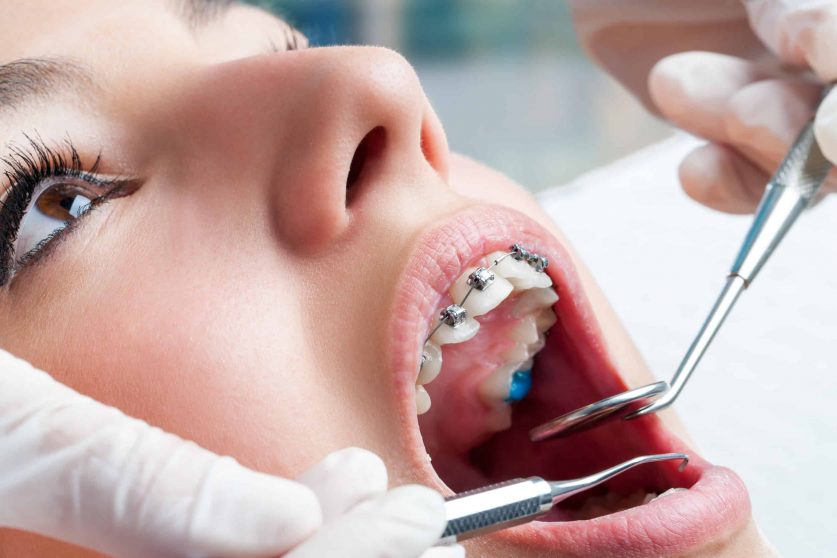How Does Orthodontic Treatment Help Us?
Orthodontics is a part or branch of dentistry that treats dental issues like Malocclusion, a dental condition where the teeth do not position correctly when the mouth is closed. It results in an improper bite. A south Miami orthodontist performs treatments that aim to achieve the following.
- Aligning the tips of the teeth
- Closing the wide spaces or gaps between the teeth
- Improving speech and chewing ability
- Straightening the crooked teeth
- Enhancing the long-term health of teeth and gums
- Treating an improper bite
Who should consult an orthodontist?
According to Miami beach orthodontics, Malocclusion can result from your teeth and jaws not developing correctly. The teeth will be misaligned or crooked. Also, the top and bottom sets of teeth may not line up. Malocclusion is not a disease and has no physical consequences.
It is a difference in tooth location. It may, however, alter the curvature of the face and the appearance of the teeth, causing shame, a loss of self-confidence, and even depression. Reasons include facial, bones, and injury to the teeth. Severe Malocclusion can affect speech, eating, and keeping the teeth clean.
What are fixed orthodontic appliances?
According to orthodontist hallandale fl, it is the most common orthodontics device. Dentists use them when precision is essential. You can normally eat with fixed appliances. But you need to avoid some food and drinks, such as hard candy, carbonated drinks, gums, and other sticky food.
The best orthodontist Miami, explains that people who play contact sports should tell their orthodontist they require special mouthguards or gum shields.
What does the orthodontic treatment do for you?
Orthodontic treatment can help improve the following:
- Crowding: There may not be sufficient space for all teeth in your narrow jaw. The orthodontist may need to remove one or more teeth to accommodate the others.
- Protruding front teeth: Orthodontic treatment can improve the appearance of protruding front teeth while also protecting them from damage after sports accidents or falls.
- Impacted teeth: It occurs when an adult tooth does not or just partially erupts from the gum or bone.
- Gaps or spaces between teeth occur when a tooth is absent or when the teeth do not fill the mouth. It is the polar opposite of suffocation.
- Asymmetrical teeth: The upper and lower teeth do not match when the mouth is closed, but the teeth are visible, but the upper and lower teeth do not fit.
Can orthodontists fix bite issues?
Orthodontists can fix these bite issues.
- Deep bite or overbite: When you clench your teeth tightly, the top ones come down too far over the lower ones, resulting in a deep bite or overbite.
- Reverse bite: When you clench your teeth, the upper teeth bite inside the lower ones, causing a reverse bite.
- Underbite: Underbite occurs when your upper teeth are too far back or when they position the lower teeth too far forward.
- Crossbite: When you clench your teeth, at least one of the upper teeth does not come down significantly in front of the lower teeth. They’re too close to the tongue or the cheek.
Conclusion
We hope that the following information has helped you better comprehend orthodontic treatment. The preceding article explains how orthodontic treatment can benefit you and more. Visit ivanovortho.com for more information on orthodontic treatment.

Recent Post
What is The Meaning of a Medusa Tattoo?
January 9, 2025
The Meaning of Encanto in Spanish and Origin
January 4, 2025
Equivalent Phrases For “Including But Not Limited To”
December 30, 2024
How To Make Weekend Greetings More Fun?
December 30, 2024
10 Modern Sayings Similar To “Be There Or Be Square”
December 30, 2024









